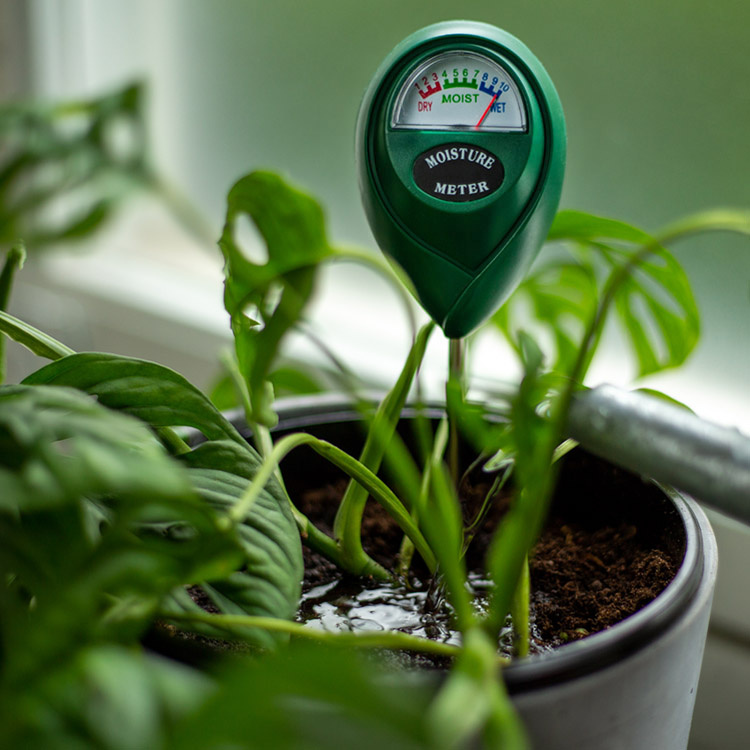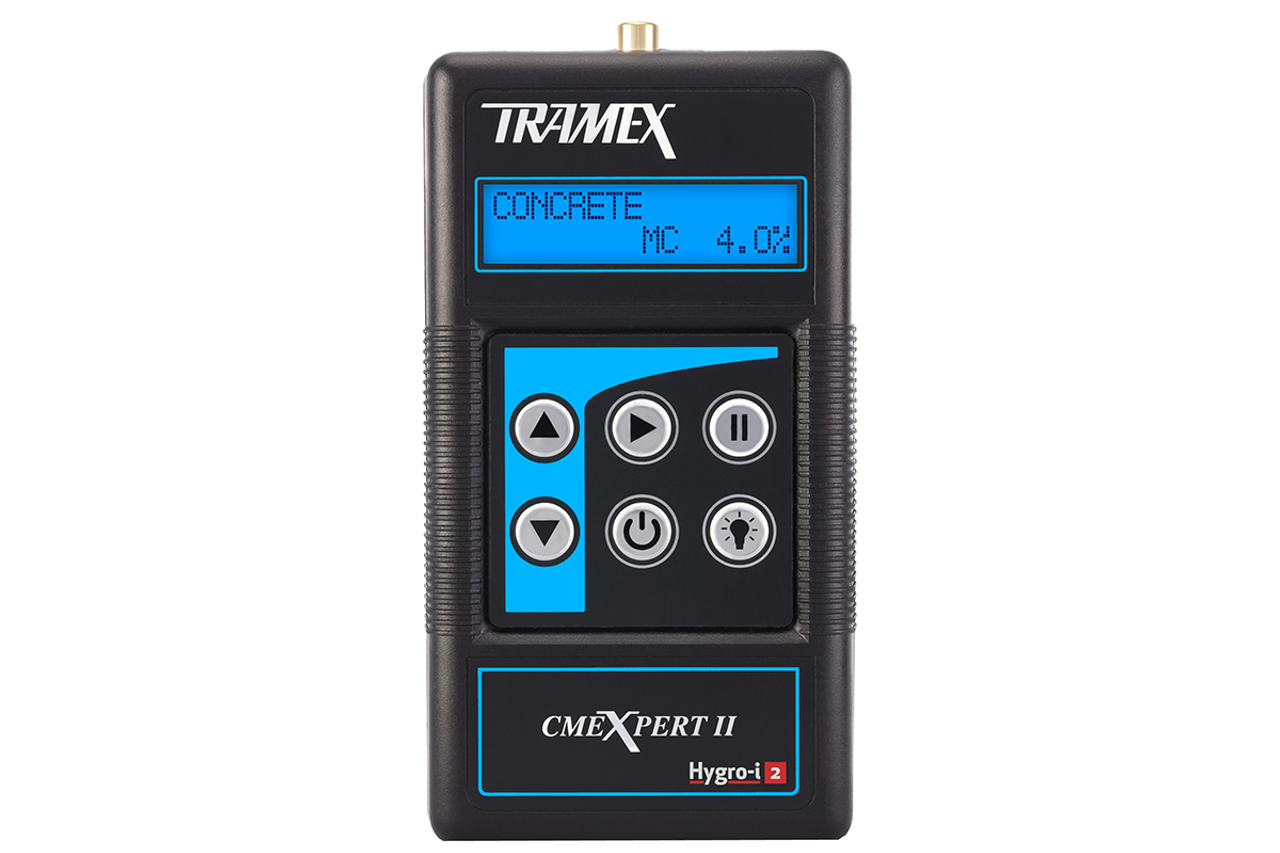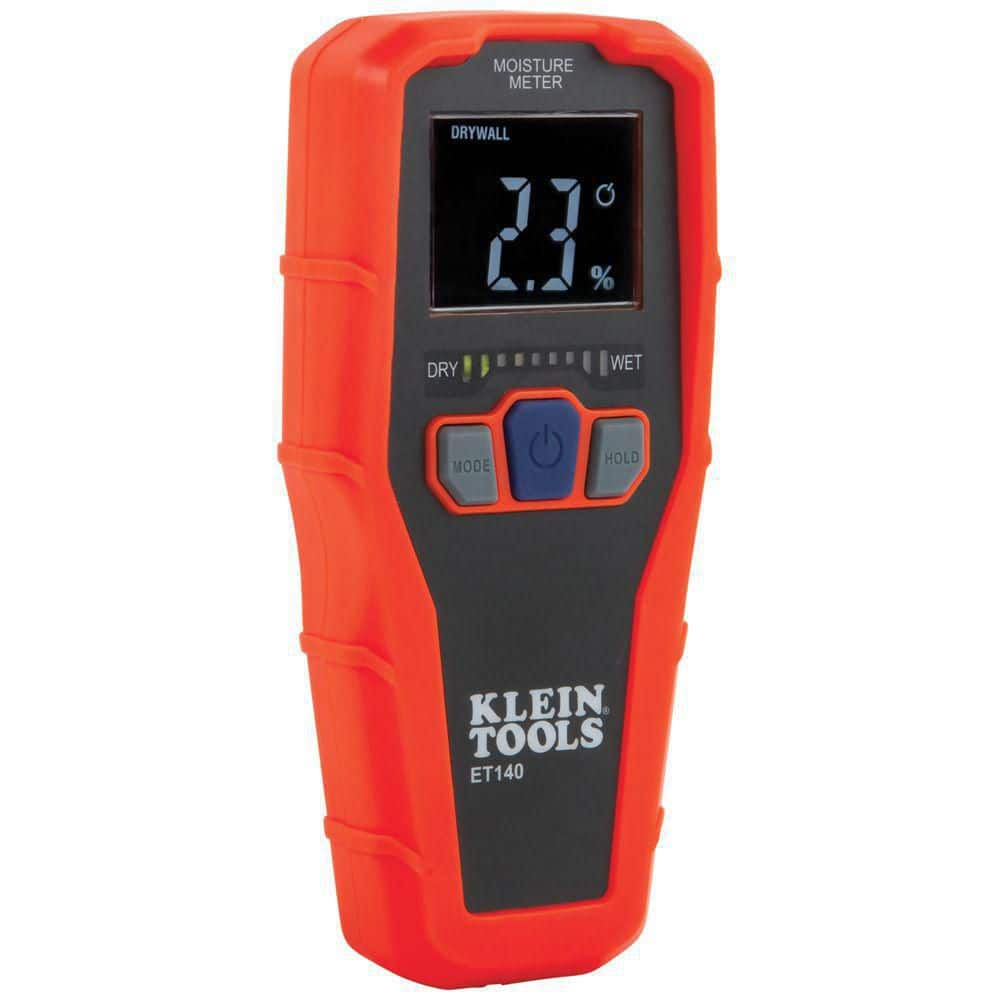Just how to Make Use Of a Moisture Meter to Detect Hidden Water Damage in Your Property
Comprehending the Importance of a Moisture Meter in Protecting Against Mold and Water Damage in your house
In the world of home maintenance, the presence of dampness can typically be a silent yet powerful adversary, capable of triggering prevalent mold development and insidious water damage if left untreated. Comprehending the importance of a wetness meter in this battle is not merely an alternative yet a strategic necessity.
Value of Moisture Discovery
Effective wetness detection techniques are essential for securing buildings and protecting against prospective mold growth and water damages. Moisture can seep right into various building products, resulting in architectural issues and carcinogen. By utilizing a wetness meter, home owners can proactively determine areas susceptible to excess wetness, enabling timely intervention and reduction techniques.
Moisture meters offer accurate readings of moisture levels in different products such as concrete, drywall, and wood. This data helps in pinpointing areas of concern, even in hard-to-reach or surprise locations. Early discovery of moisture buildup makes it possible for punctual repair services or changes to stop additional damages.

Just How Moisture Meters Work
Wetness meters play a crucial function in the proactive recognition of excess wetness, aiding in the avoidance of prospective mold development and water damages by offering accurate readings of dampness levels in different structure materials. Some advanced moisture meters pin both incorporate and pinless modern technologies for extensive dampness detection. Understanding exactly how moisture meters function is crucial for prompt and accurate dampness degree analyses, enabling effective preventative actions against mold and mildew and water damages.
Finding Early Indication
Upon preliminary inspection of a residential or commercial property, recognizing refined indicators of excess moisture ends up being vital in the very early detection of possible mold and mildew growth and water damages. Some typical very early caution indications consist of moldy odors, water stains on ceilings or wall surfaces, peeling off paint or wallpaper, and warped or blemished surface areas. Moldy odors usually suggest the visibility of mold or mold, also if no visible indications appear. Water stains can signify leaks or infiltration, while peeling paint or wallpaper may be a result of dampness compromising the adhesion of these products to the surface. Warped or tarnished surface areas, such as buckling floorboards or stained drywall, are clear indications of water damage. In addition, a boost in allergy signs and symptoms or respiratory concerns among passengers may recommend the visibility of mold and mildew as a result of excess dampness. By quickly determining and dealing with these very early warning signs, house owners can mitigate the threat of considerable mold development and water damages in their buildings.
Preventing Mold And Mildew Development
Acknowledging very early indication of excess dampness within a property not just enables punctual detection of potential mold development and continue reading this water damage however additionally offers as an aggressive step in protecting against the expansion of mold and mildew. To successfully prevent mold and mildew growth, it is essential to resolve any sources of dampness promptly. This can include taking care of leaks in home windows, roofings, or pipelines, making sure appropriate air flow in moist locations like restrooms and cooking areas, and utilizing dehumidifiers in high-humidity areas. On a regular basis examining and keeping the property's plumbing, roof, and seamless gutters can likewise aid in avoiding water invasion that can bring about mold and mildew development.
In addition to dealing with moisture resources, maintaining interior moisture degrees below 60% can substantially inhibit mold growth. Correct air flow, appropriate insulation, and utilizing a/c unit or fans can assist regulate interior moisture levels. Checking dampness levels in areas susceptible to wetness, such as basements and crawl spaces, making use of a moisture meter can also help in early discovery of elevated moisture levels and possible mold and mildew growth. By taking aggressive procedures to avoid excess wetness and mold and mildew growth, home owners can guard their home and interior air quality.
Advantages of Regular Tracking
Routine monitoring of moisture levels in a home can play an important function in preserving a healthy and balanced interior setting and avoiding potential mold and water damages. By frequently examining wetness levels, homeowners can identify any kind of concerns quickly and take required actions to avoid mold development and water damage. Among the crucial advantages of regular monitoring is early discovery. By identifying and dealing with high wetness degrees early, homeowners can step in prior to mold and mildew has the chance to spread and develop. This aggressive approach can save both time and cash over time by preventing substantial mold remediation and repair service expenses.
Additionally, routine tracking permits house owners to track patterns and trends in dampness levels over time. Ultimately, the regular tracking of dampness levels encourages home owners to secure their home, guard their health and wellness, and maintain the honesty of their interior setting.

Conclusion

By using a dampness meter, residential property proprietors can proactively recognize locations vulnerable to excess moisture, allowing for timely intervention and mitigation methods.

Checking dampness degrees in locations vulnerable to wetness, such as cellars and creep rooms, utilizing a wetness meter can likewise help in very early discovery of raised dampness degrees and possible mold growth. (Moisture Meter)